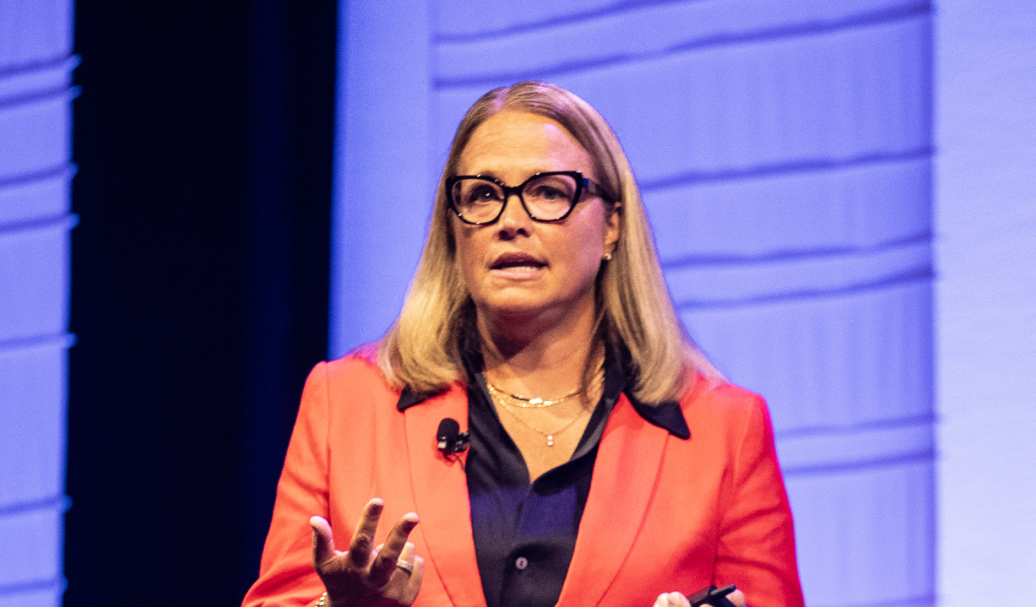Life insurance is one component of comprehensive financial planning. It's designed to help provide financial security for beneficiaries and can offer peace of mind for the policyholder and their loved ones. The two most common types of life insurance are term and whole life insurance policies. Each type can offer financial benefits for designated beneficiaries, but there are differences in structure, duration, benefits, and costs. It is important to understand these differences in how they work when selecting the right policy.
What Is Term Life Insurance?
Term life insurance is a policy that provides coverage for a specific term or time period, typically ranging from 10 to 30 years. Beneficiaries receive a death benefit if the policyholder passes away during the term. However, if the policyholder outlives the term, the coverage ends unless the policy is renewed or converted into a whole life insurance policy.
A term life insurance policy is often chosen for its affordability and is particularly suitable for individuals seeking coverage for specific financial responsibilities like a mortgage, educational expenses, or a limited-time financial obligation.
General Characteristics of Term Life Insurance Policies Coverage Duration:
- Defined period typically ranging from 10 to 30 years.
- Cost: Generally lower premiums compared to whole life insurance policies.
- Purpose: Suited for temporary coverage needs and specific financial obligations.
- Flexibility: Options to renew or convert at the end of the term.








